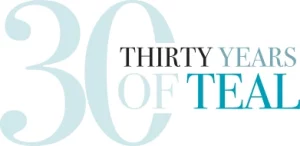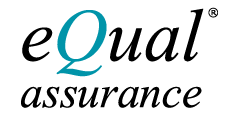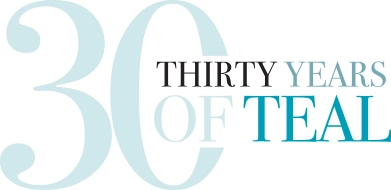Not all companies
Why teal?
The Equal brand was born on 24 November 1994 as “Equal Management Services”. The original idea was for eQual to be “excellence in quality” with the Q being in represented in teal. This soon morphed into the brands we see today, the most notable of course being Equal Assurance which started in late 2006.
Today, Equal Assurance has established itself as a leading global confederation of independent audit partners and practices. Servicing over 4000 accredited certificates across every continent, our client base covers all industry sectors and includes many global brands.
Woven into every aspect of our brand continues to be the distinctive “Q” device (in our Certificates and Q-Marks) and, in particular, its colour: teal.
But, why teal? Well, let’s see some options:
- Teal combines the calming properties of blue with the renewal qualities of green. It pairs well with neutral and bold colours, and pops with bright white and coral.
- The colour teal was first mentioned in 1917, the name is believed to originate from the freshwater duck, the common or Eurasian Teal, which sports a dash of the colour on its head, close to the eye, and on its wings.
- In ancient Egypt and Persia, teal was used to represent the sky and water. For Egyptians, teal was the colour of truth and faith, while for Tibetan monks it represented the infinity of the sky and sea.
- A teal organization is one that adheres to workers’ self-management. The organizational theory term was coined in 2014 by Frederic Laloux in his book “Reinventing Organizations”.
- In Australia, the colour teal, and the term “teal independents”, have become associated with a group of independent candidates in the 2022 Australian federal election who campaigned on a platform highlighting the importance of climate change action, tackling corruption in politics, and gender equality.
- TEAL was the acronym for “Tasman Empire Airways Limited”, the forerunner of Air New Zealand, who used teal as their airline’s signature colour; it appeared not just on plane livery but promotional material and airline bags.
- A version of the teal colour was used on the cover of the luxury jewellery company Tiffany & Co. in its “Blue Book”, first published in 1845. Since then, Tiffany & Co. has used the colour extensively on promotional materials like boxes and bags. It is now a registered colour trade mark.
But what do these have to do with management audit, assurance and certification services? Not a lot.
Perhaps it was that the choice for teal was centred around the combination of red, green and blue, and its relevance to what we do. Red is often related to things that are bad or dangerous or wrong, whereas green is synonymous with getting things right. Blue is in support of being a journey towards the green, and two combined in similar parts give the Equal “teal” we enjoy today. There is no red in teal.
Or perhaps it is simply a really cool colour!


